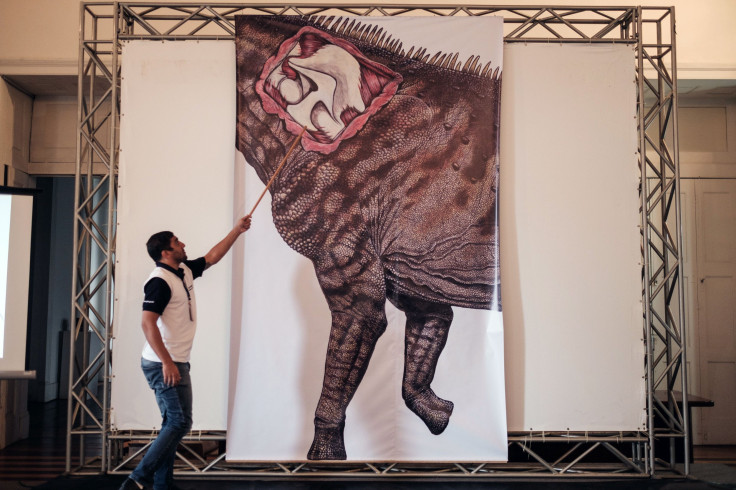Brazil’s Largest Dinosaur Discovered, In A Cupboard

Brazil announced the find of its biggest dinosaur yet Wednesday, even though fossils of the 82-foot-long animal were discovered over 60 years ago. The fossilized bones spent most of the interim years in a wooden cabinet in the Earth Sciences Museum, Rio de Janeiro, and were studied properly only recently.
Remains of the massive dinosaur, given the rather eclectic name “Austroposeidon magnificus,” were put on display Thursday at the museum but were first found in 1953 by paleontologist Llewellyn Ivor Price. He died in 1980 without being acknowledged for the discovery, which he was not able to study and document since he had so many other specimens to identify.
According to phys.org, Kamila Bandeira — a research student under museum director Diogenes de Almeida Campos — studied the pieces, including a nearly complete spinal vertebra that is entirely petrified, over four years for her doctoral thesis.

Austroposeidon magnificus was about 82 feet long from head to tail and stood about 20-25 feet high. It belonged to the group of herbivores called Titanosaurs who were characterized by large bodies with relatively small heads, and long necks and tails. It lived about 70 million years ago.
South America is also home to the largest known dinosaur. Remains of the 130-foot-long Argentinosaurus huinculensis, another Titanosaur, were found in Argentina in 2014.
© Copyright IBTimes 2024. All rights reserved.





















